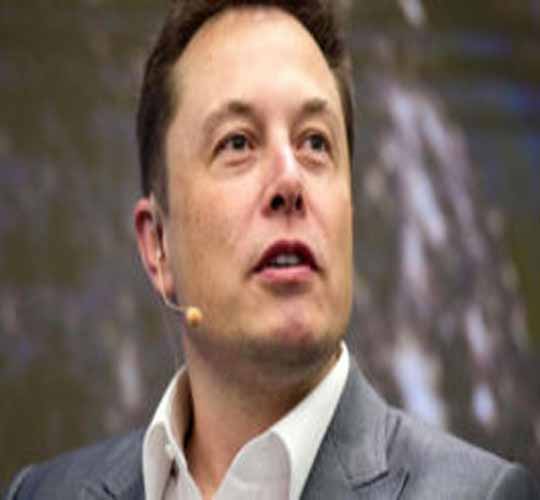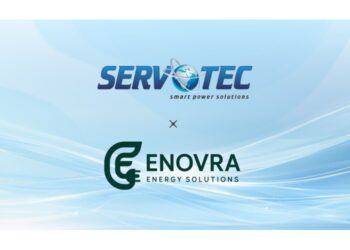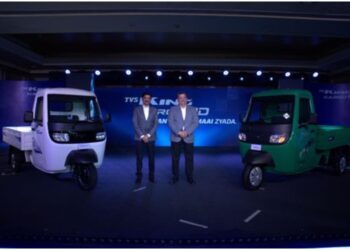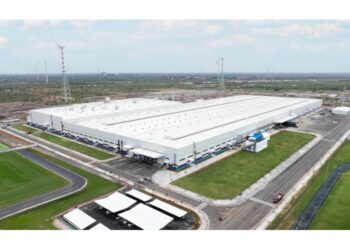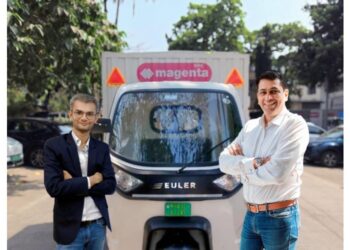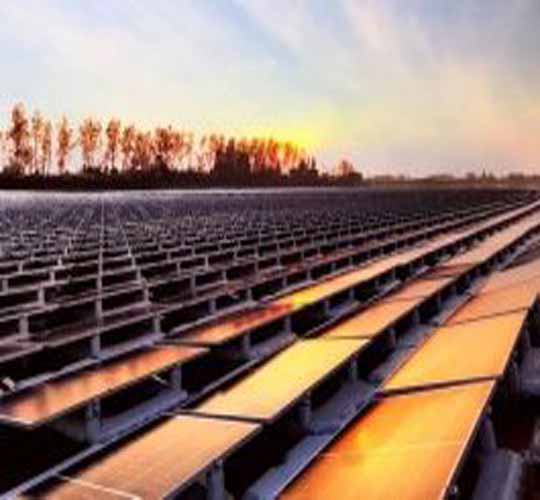On September 25, as Founder and CEO Elon Musk made a slew of announcements regarding the future prices of its models, fresh new battery technology, and even new manufacturing breakthroughs, he signaled a massive change for the EV category, yet again. Should he be taken at face value, or is this yet another way to finish off fresh investment possibilities in ICE (Internal Combustion Technology) ? We use a report from Wood Mackenzie to bring you a quick breakdown of just what has been promised, and what it could mean.
Announcement 1: The completely new cell
Musk announced a new cell, that would not only lead to ‘tabless’ batteries, but also batteries that are more efficient, and deliver a higher range. In three years time. The proposed cell will increase the dimensions takingthe diameter to 46 mm and height to 80 mm – the ‘4680 cell’. The tabless design will take care of the thermal issues from such a size, claimed Musk. With production already started for 10 GWh of annual capacity expected before the end of 2021, weguess we can believe this one.
The new size promises five times more energy capacity and six times more power than previous cells. Importantly, Tesla estimates that this will reduce the $/kWh pack cost by 14%.
The Relentless Assualt on Cobalt Use Adds a New Target: Graphite
Not only did Musk speak about removing cobalt use altogether, due to issues around its rigin and the conditions in which it is mined, he also announced a new shift away from Graphite, the most stable art of lithium ion battery chemistry as anode, over the decades.
Firms have pushed for more Silicon over the years to improve energy density and charging capabilities. Silicon can store nine times more lithium than graphite, a Silicon dominant anode has not happened for various reasons. Tesla claims to have overcome this challenge by removing the graphite entirely and using an elastic, ion-conducting polymer coating as a stabiliser. Other methods have utilised complex and costly designs such as graphene and nanotubes, but Tesla’s method is apparently simpler, cheaper and would even provide a 20% boost in range.
If true this would be embarassing for firms like Sila Nanotechnologies and NanoGraf, that have been focussed on solving this for nearly a decade.
For the cathode, the firm mentioned a Nickel-manganese cathode for long-range passenger applications. Targeting a 2:1 nickel manganese ratio, Tesla claims that it would be able to produce 50% more of these cells than the high-nickel cells using the same amount of nickel.
Lastly, lithium-iron-phosphate (LFP) was confirmed as an integral part of the company’s portfolio, as it seeks to move into lower priced mass categories more decisively . That’s a vindication for China based manufacturers, who have gone with LFP in a big way so far.
3000 GWh Capacity by 2030
Tesla aims to reach 100 GWh of inhouse lithium-ion battery cell production capacity by 2022 and 3000 GWh by 2030, well beyond any other announcement, from anyone else. That seems to assume a fasr faster adoption and spread of EV’s that the most optimistic estimates, again, a red herring perhaps to push out ICE plans faster.
With current annual capacity of around 35 GWh, Tesla needs to triple its inhouse production in just 2 years to meet its 100 GWh target for 2022. Which is where its announcement of Terafactories, where production can be tripled in the same amount of land . The key of course is how quickly all this can happen.
In conclusion, one has to say that doubting Tesla’s execution and manufacturing process has not worked well for anyone, as the firm climbed a wall of skepticism, to repeatedly deliver on its promises. Albeit, 2-3 years behind schedule usually. The $25,000 sticker price is also a bit of a trick, as it assumes continuation of EV subsidies. A cheaper car is vital for tesla to meet its numbers of course.
However, the firm is the clear leader on technology and innovation in the space, and for all their investments, none of its competitors have demonstrated that they are getting close, or ready to overtake it just yet.
Keep in mind that the battery announcements could have a huge impact on solar adoption too, if storage costs come down as fast as Musk has predicted.


